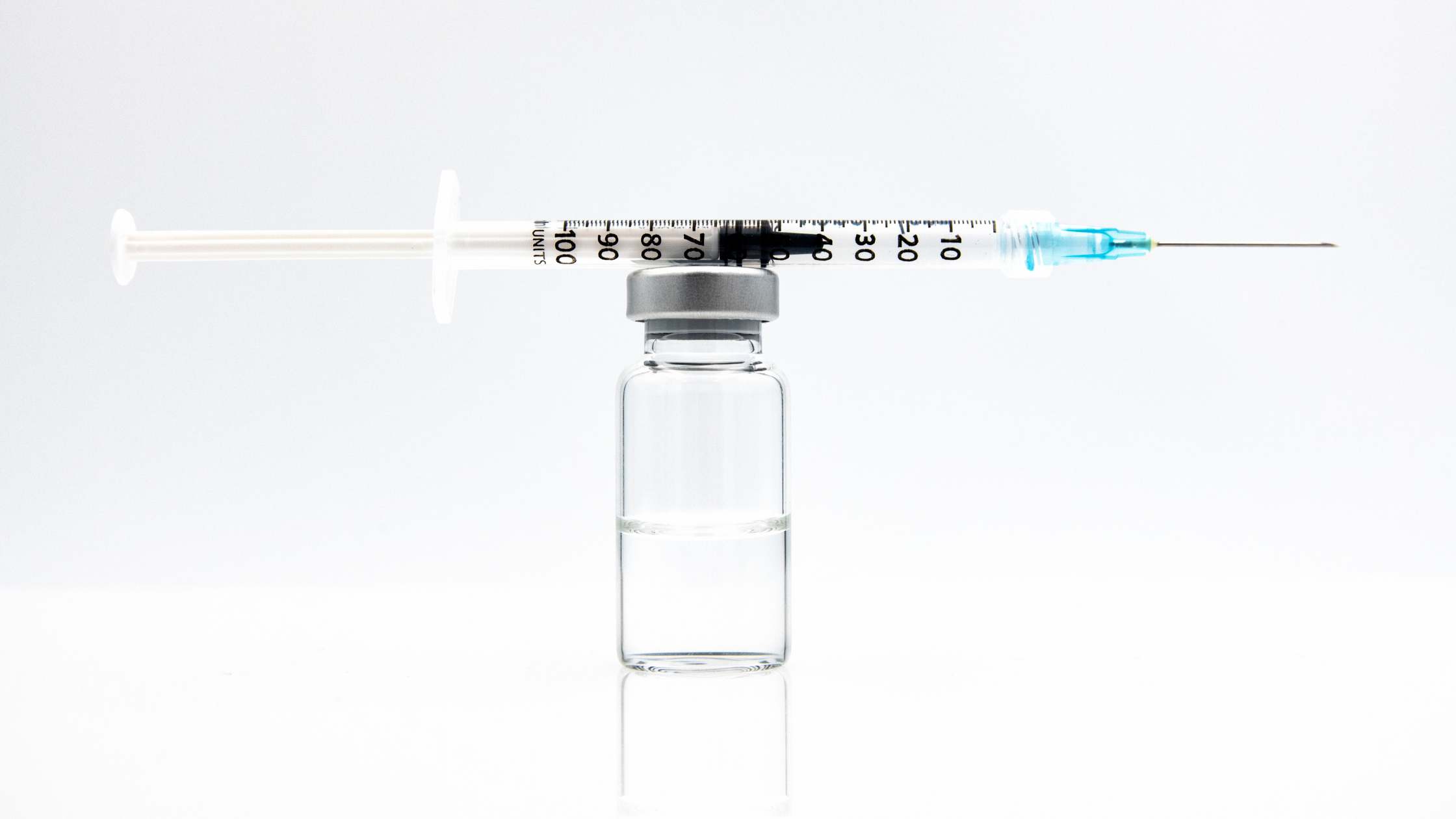Do GLP-1 and GIP Medications Affect Addiction?

The world of medicine is always evolving, revealing surprising discoveries along the way. One such revelation is the emerging link between GLP-1 and GIP medications, like semaglutide and tirzepatide, and their potential influence on addictive behaviors. Dive with us into this fascinating topic, and let's unravel the science behind it.
What are GLP-1/GIP medications?
Glucagon-like peptide-1 (GLP-1) receptor agonists are a class of drugs that work by imitating the naturally occurring GLP-1 hormone. When this hormone kicks in, it triggers insulin production and sends a “I'm full” message to our brain, suppressing hunger. Thus, by mimicking GLP-1, these medications help in managing blood sugar levels and appetite.
You might have come across names like liraglutide, semaglutide, or dulaglutide. While they all hail from the GLP-1 medication family they have their unique characteristics in terms of dosage, method of administration, and influence on weight loss.
Alongside GLP-1s are medications in a different class known as glucose-dependent insulinotropic polypeptide (GIP) receptor agonists. GIP, much like GLP-1, orchestrates blood sugar regulation by prompting the pancreas to release insulin post food consumption. You may have heard of the medication tirzepatide, which is both a GLP-1 and GIP receptor co-agonist. It is an FDA-approved medication used for the treatment of type 2 diabetes and can be prescribed off-label for weight management.
What impact do GLP-1/GIP medications have on addictive behaviors?
Anecdotal evidence from individuals prescribed GLP-1/GIPs has given rise to intriguing observations. Many report a decrease or complete cessation of behaviors associated with addiction, such as smoking, drinking, and even nail-biting and compulsive shopping. While these stories initially seemed like mere coincidences, they have caught the attention of the scientific community. Researchers began to wonder: could there be a link between these medications and a decrease in addictive behaviors?
Ongoing studies are shedding light on the relationship between these drugs and addiction. Preliminary findings suggest that the drugs’ influence on hormones responsible for satisfaction and satiety could extend beyond managing food cravings. By increasing these hormones, GLP-1/GIP agonists might play a role in reducing cravings for substances like alcohol and nicotine. However, the scientific community is still grappling with understanding how these hormone level changes impact brain chemistry and translate into reduced engagement in non-consumption related addictive behaviors.
A study conducted on rats provided intriguing insights into semaglutide's impact on alcohol consumption. The research indicates that semaglutide reduces alcohol drinking behaviors, possibly by disrupting the brain's alcohol-induced reward mechanisms. This naturally prompts a question: could medications like semaglutide or tirzepatide mirror these effects in humans?
What’s in the future for these medications as an addiction treatment?
The emerging research on semaglutide and tirzepatide offers a potential new avenue in addiction treatment strategies. Some human studies are in progress, such as one led by the University of North Carolina that is examining semaglutide's effects on alcohol and cigarette use. Still, further research is required before any conclusions can be made.
Even if the potential of GLP-1/GIP agonists to curb addiction is validated, it's essential to recognize that it won't be a magical cure. Just as those using semaglutide or tirzepatide for weight loss must complement medication with a healthy lifestyle, those aiming to overcome addiction will still need comprehensive treatment approaches that address underlying behavioral and psychological factors.
These medications might offer a helping hand for those battling addiction. They can potentially ease the cravings, complementing other treatments that address the root causes of addiction. The first step toward any major lifestyle change, be it weight loss or overcoming an addiction, is always the hardest. New medical advances such as semaglutide and tirzepatide could help more people achieve their goals by making that step easier.
Final thoughts
The unexpected influence of GLP-1 and GIP agonists on addictive behaviors has opened new avenues for research and innovation. The journey to understanding their potential as an addiction treatment is ongoing, and while the road ahead is uncertain, it's evident that the impact of these medications extends beyond their primary medical applications. As science continues to unravel the mysteries of these medicines, they hold promise not only for physical health but also for helping individuals overcome the challenges of addiction.
Learn more about how you can achieve your health goals and discover if the Qyral Weight Management Program is the right choice for you.